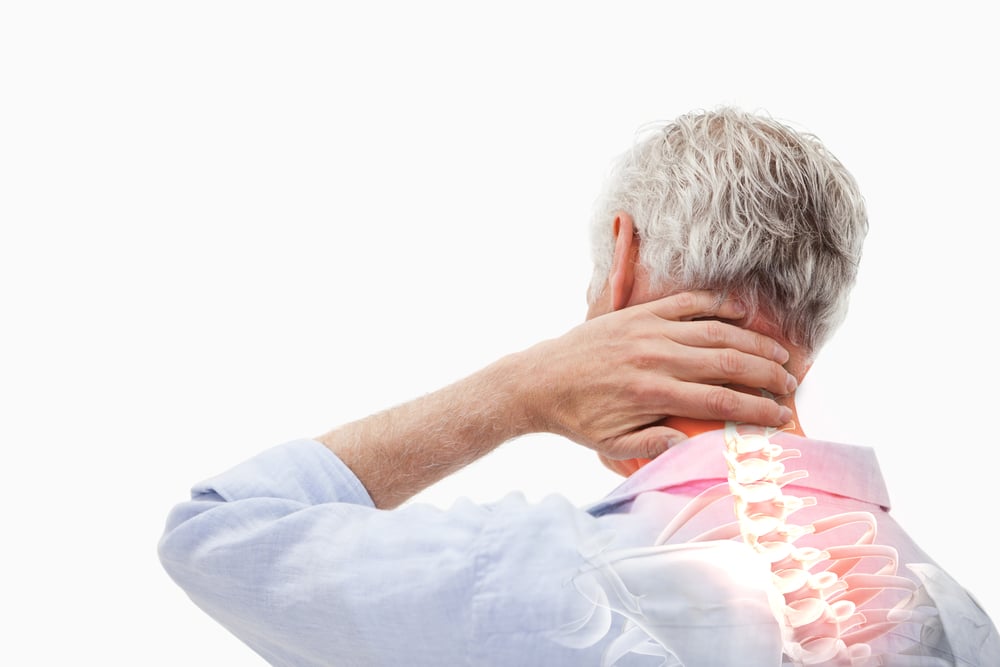 It is estimated that about 80% of individuals experience headaches on a regular basis (1). If you're a headache sufferer, I empathize with you. Light sensitivity, nausea, isolation are just some of the many side effects that those with headaches endure. Isolation due to pain continues to plague the life of those with migraines.
It is estimated that about 80% of individuals experience headaches on a regular basis (1). If you're a headache sufferer, I empathize with you. Light sensitivity, nausea, isolation are just some of the many side effects that those with headaches endure. Isolation due to pain continues to plague the life of those with migraines.
When searching for a cure to their ailments, people will seek out anything to get relief: medication, imaging, massages, etc. In their haste, the forget about the most important intervention to improve their symptoms - education. As with all conditions, understanding what contributes to headaches is the first step in reducing their intensity. Before we dive in to how managing the muscles can help with symptoms, let's first discuss possible contributors of the headache experience.
How do headaches occur: the headache bucket
To better understand how the headache process occurs, picture an empty bucket. Each time a liquid (of any kind) is added to a bucket, the bucket gets closer and closer to its capacity. Add enough liquid to the bucket and it will overflow.
Headaches work in much of the same way. The brain processes a great deal of information at one time, some irritating information, some pleasant. If the brain is processing too many irritating inputs at one time, the metaphorical 'bucket' fills and fills.
The intensity of one's headache is dependent on how full this bucket is at any given moment. Therefore, a half- full bucket is not as uncomfortable as a nearly full bucket. If the brain becomes too overwhelmed and the bucket overflows, a full-blown migraine occurs, and we become a slave to dark rooms and quiet-time.
Management for headaches: Reduce the quantity in your bucket
It becomes obvious then, that the goal to prevent headaches is to reduce irritating stimuli and keep our bucket from filling at all. But what counts as an ‘irritating stimuli’? That’s a great question. Those who experience headaches on a regular basis know better than all. Lack of sleep, dehydration, diet, stress, barometric pressure, circulatory issues, hormonal issues, neurological issues, muscle tightness, posture, to name a few, attempt to fill the metaphorical headache bucket.
Say you didn’t sleep well the night before - the nervous system and brain fatigue easily and the bucket begins to fill. ;Say you are lactose-intolerant and just chowed down on your favorite ice cream - the bucket continues filling. 8 hour workday with a forward head posture and a stressful boss? The bucket keeps filling. Therefore, if the collection of all the irritating stimuli is significant enough, a headache and possible migraine develop.
Can we change all contributions to the headache experience?
Some of the things that contribute to headaches are out of our control. For example, current barometric pressure in the atmosphere is out of our hands. Also, some of us are dealing with pre-existing conditions, like circulatory conditions or neurological influences. Some things, however, can be changed. Medication can help modulate headaches related to hormone issues. In addition, diet may improve headaches caused by foods that irritate the nervous system.
A simple, commonly overlooked influence to the headache bucket is muscle pain in the neck, head and shoulders. Muscle flexibility, strength and improved posture are possible, especially with the help of a physical therapist.
Reach out for headache relief!
At Glackin Physiotherapy, we help reduce the contribution of tight muscles and postures to your headaches through various interventions. If tight muscles contribute greatly to your overflowing cup, interventions here can be very effective in reducing your headaches completely. Even if your headaches are mostly hormonal in nature, or are the result of a circulatory or neurological deficit, reducing muscle tightness and posture can lower the measuring cup liquid just enough to get you some relief.
Physical therapy for headaches in Columbia and Baltimore, Maryland
If you have tension headaches reach out to our office today!
References:
Louw, A, Diener, I. Your headache isnt all in your head. Orthopedic Physical Therapy Products, 2014. Print
Buchholz, David. Heal Your Headache: the 1-2-3 Program For Taking Charge of Your Pain. Workman Publishing, 2002. Print




